Throughout time it’s just been plain cool to genie around from point A to B on some form of personal portable hardware. Understandably so, it was the goal of [Dane Kouttron] to modify and improve the common standard in such a way that anyone could hop on his board and ride without a period of flailing to keep balance. In his Flying Nimbus project, the rider floats aloft a single power-driven wheel that will even do the balancing bit for you.
Inspired by some interesting aluminum scraps and an old 3 phase DC servo driver, [Dane] starting conjuring ideas of combining the two in order to produce his own self balancing form of transportation. A chunky reused tire from a local go-kart track turned out to serve as his wheel of choice which would mount between the feet of the rider. After ordering a 48v hub motor and waiting for it to make its way over from China, [Dane] took the time to model all of the individual parts, motor, and wheel in CAD to figure out the needed measurements for the custom pieces he’d later fabricate to fit around them. The aluminum frame that the rider stands upon not only houses and conceals the power cells and electronics running the central wheel, it also illuminates white light from the sides to stand out at night. Along the road of troubleshooting, [Dane] eventually scored a complementary top-notch servo drive from AMC, who ultimately wanted to see his project rolling as badly as he did. There is a load of detailed documentation on the layers of problem solving that went into the project on his blog, as well as more on the hardware used by [Dane] to get the board actively balancing. Seeing the final product should further enforce that there is no better way to get around then on the likes of something you made yourself:

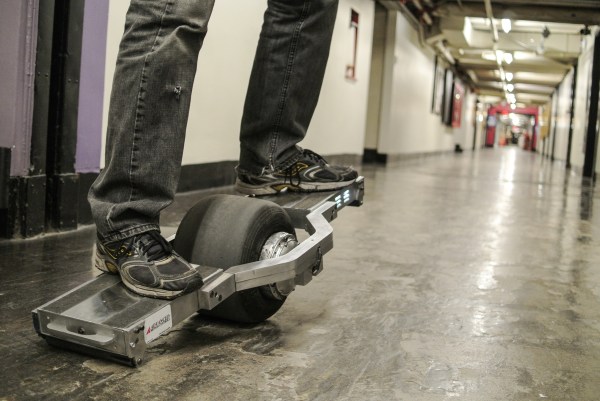

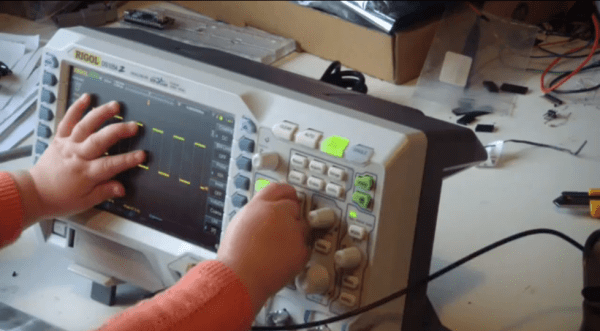
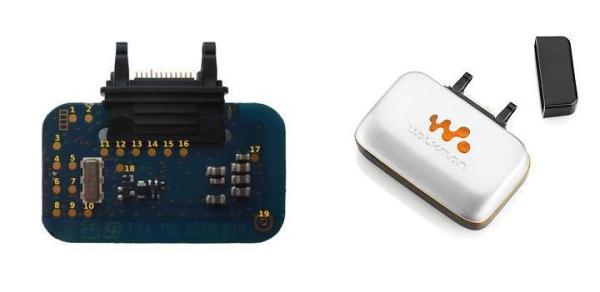

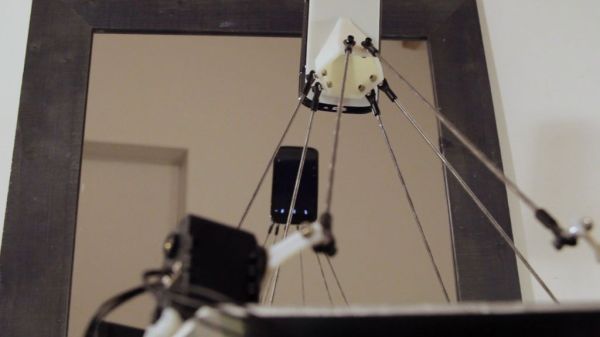
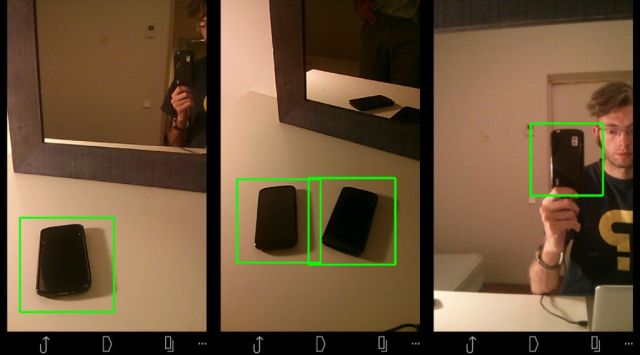 Hardware-wise, the #selfie bot is a Stewart platform made from six servo motors and a few pieces of carefully measured pushrod connected with swivel-ball-links. An android phone is mounted on the end effector which acts functionally as the robot’s face and eyes. To make it self-aware in a sense, [Ajna] and [Hersan] created their own recognition software with Open CV using a collection of sample images of various phones as reference points. As soon as the robot recognizes itself in the mirror as indicated by specific words flashing on its screen, it takes a picture, immediately uploading it to its own
Hardware-wise, the #selfie bot is a Stewart platform made from six servo motors and a few pieces of carefully measured pushrod connected with swivel-ball-links. An android phone is mounted on the end effector which acts functionally as the robot’s face and eyes. To make it self-aware in a sense, [Ajna] and [Hersan] created their own recognition software with Open CV using a collection of sample images of various phones as reference points. As soon as the robot recognizes itself in the mirror as indicated by specific words flashing on its screen, it takes a picture, immediately uploading it to its own 








